
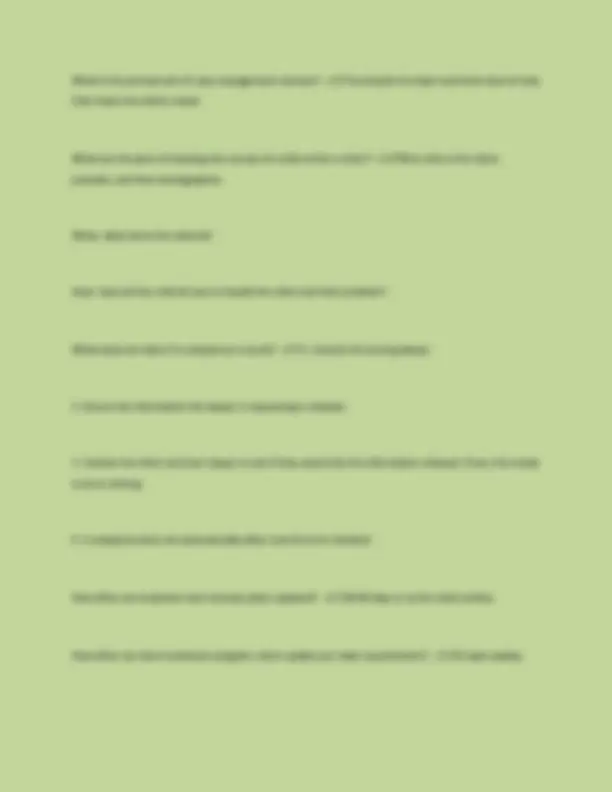
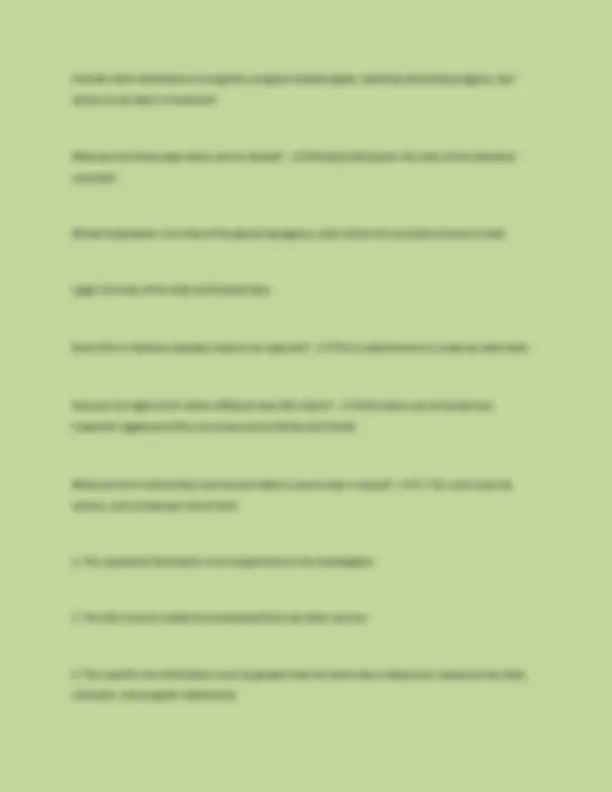
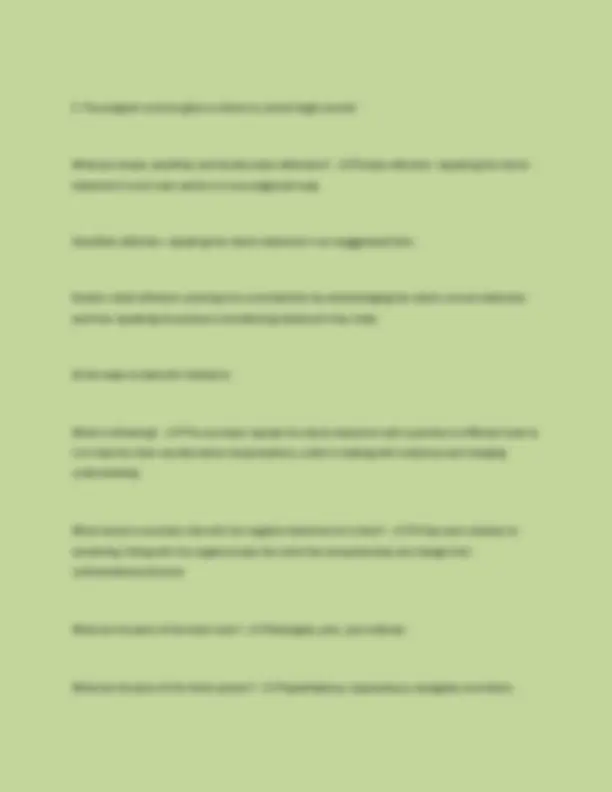
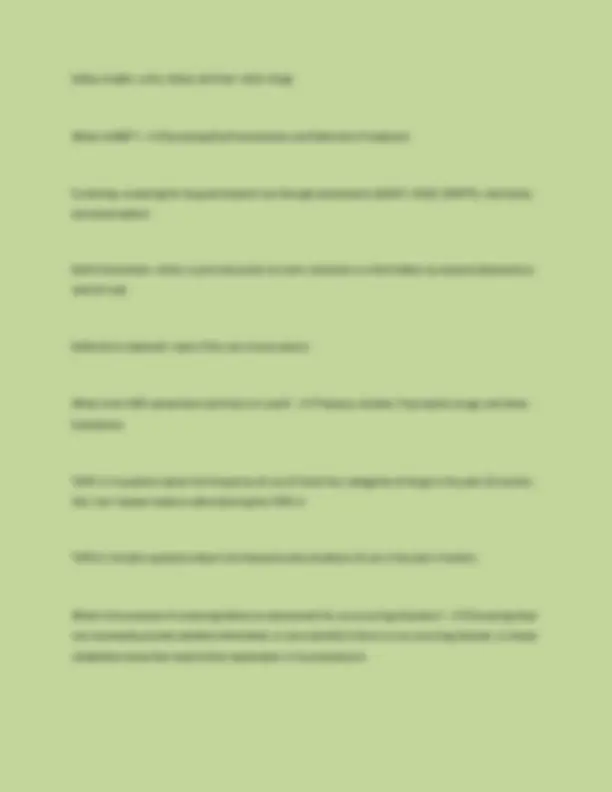
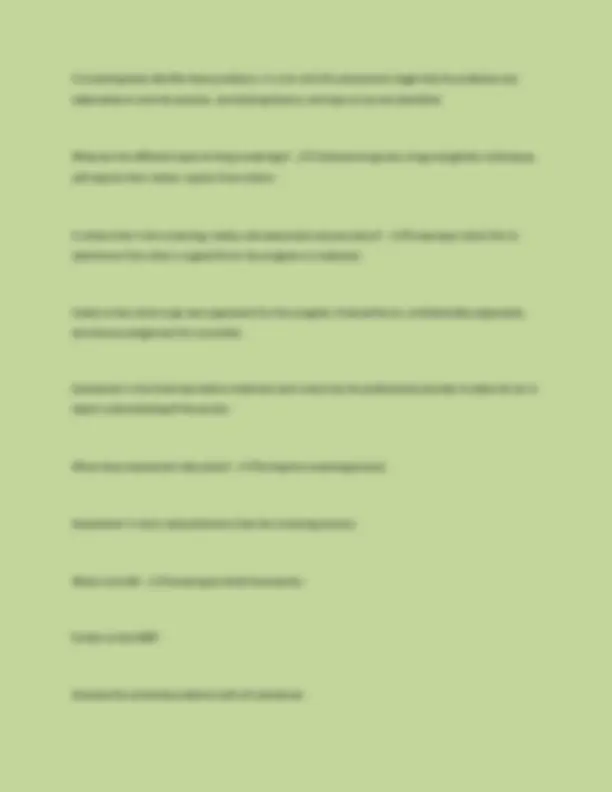
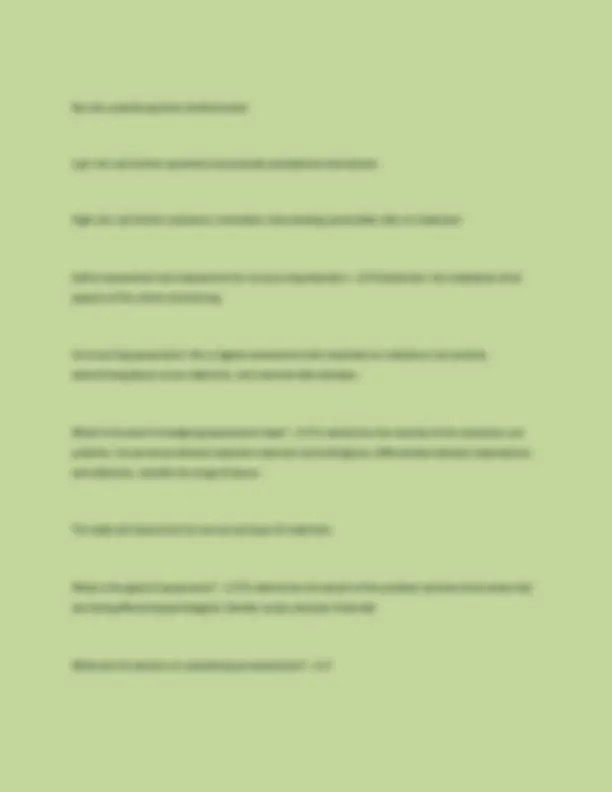
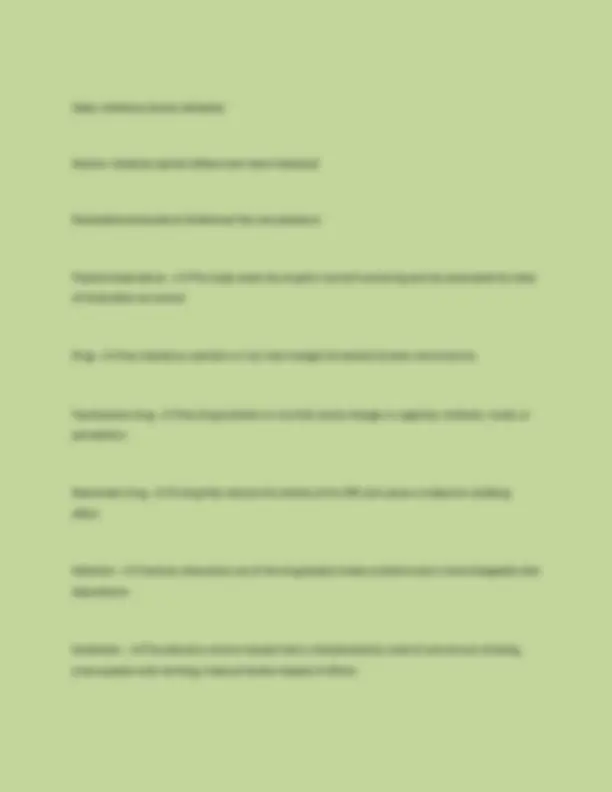
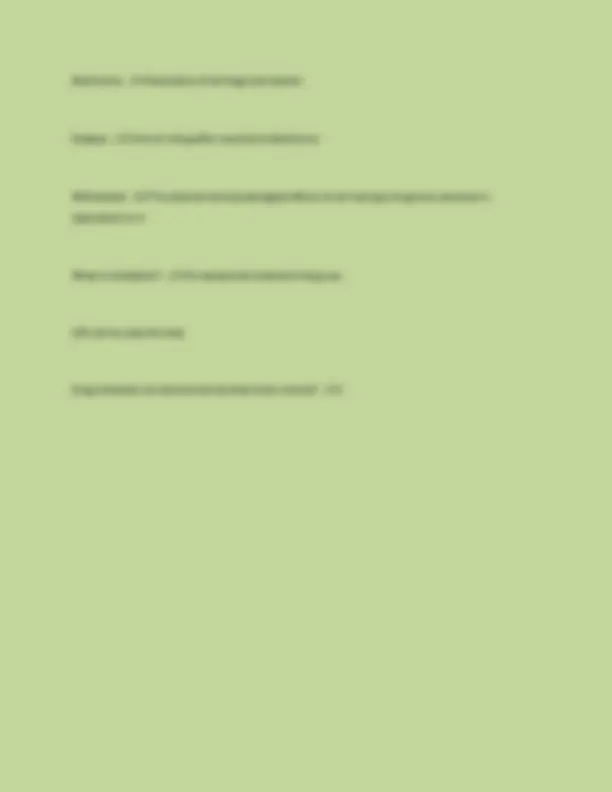


Study with the several resources on Docsity

Earn points by helping other students or get them with a premium plan


Prepare for your exams
Study with the several resources on Docsity

Earn points to download
Earn points by helping other students or get them with a premium plan
Community
Ask the community for help and clear up your study doubts
Discover the best universities in your country according to Docsity users
Free resources
Download our free guides on studying techniques, anxiety management strategies, and thesis advice from Docsity tutors
A collection of questions and answers related to the cadc 2 exam, covering key concepts in substance use disorder (sud) treatment and recovery. It explores topics such as stages of recovery, intervention strategies, assessment procedures, and brain function in relation to sud. The document offers a valuable resource for students preparing for the cadc 2 exam, providing insights into common exam questions and their corresponding answers.
Typology: Exams
1 / 14

This page cannot be seen from the preview
Don't miss anything!









What does bookend mean? - ✔✔Discuss a potentially triggering event before it happens, "bookend" it, and then discuss it again during a debriefing style conversation Typically how long must someone be in treatment before results are seen? - ✔✔3 months Is inpatient or outpatient more effective? - ✔✔They are generally the same, but provide different levels of services. According to the most popular recovery outline, how many stages are there? - ✔✔ 3 Early recovery- (1 month-1 year): involves entering treatment and embarking on abstinence. Relapse is highly likely. Middle recovery (at least one year- could be indefinite): someone may stay in this stage if they continue to relapse. Greater confidence in abstinence is obtained, defeating cravings, lifestyle changes take place. Late recovery/maintenance: maintains abstinence, improves other areas of life (relationships), utilizes relapse prevention skills. What are the group stages as identified by Tuckerman? - ✔✔Forming, storming, morning, performing, adjourning.
When is someone most likely to develop an SUD? - ✔✔Adolescents. Because the brain is still functioning, hormonal changes are occurring, significant social stressors. What types of interventions are used for youth in schools and communities? - ✔✔Universal programs- risk and protective factors for all children Selective programs- used with identified at risk youth Indicated programs- address youth who have already been involved with substance use. What is not fundamental to an intake assessment? - ✔✔Any referrals the client has had made. What is not a component of the treatment plan? - ✔✔The morality being used. However, interventions should be listed and perceived benefit of these interventions for the client is essential. What is DAP - ✔✔A format for notes. Data, assessment, plan What is the biggest distinction between self-help groups and other groups? - ✔✔Self-help groups offer support and other groups offer treatment
Includes client attendance in programs, progress towards goals, anything preventing progress, and actions to be taken in treatment What are the three ways ethics can be viewed? - ✔✔Moral/professional- the view of the individual counselor. Ethical implications- the view of the governing agency under which the counselors license is held. Legal- the view of the state and federal laws. Does HIV or infectious diseases need to be reported? - ✔✔This is determined on a state by state basis. How are the rights of SU clients different than MH clients? - ✔✔SUD clients can be forced into treatment legally and often are pressured by family and friends. What are the 5 criteria that must be met before a court order is issued? - ✔✔1. The crime must be serious, such as having a risk of harm.
Frontal lobes- planning, processing, impulse control, judgement. Temporal lobes- hearing What is the best way to provide feedback to a client? - ✔✔Be clear Provide both negative and positive communicate clearly give feedback immediately give negative feedback onlyin private encourage the individual to express any feelings or feedback they have. What is chemical testing used for and how is it taken? - ✔✔used to determine if a person has recently used drugs and for tracking compliance with abstinence for people in drug treatment programs. Does not provide an accurate timeline of when drugs were used. Saliva and breath- alcohol
Saliva, breath, urine, blood, and hair- other drugs What is SBIRT? - ✔✔Screening Brief Intervention and Referral to Treatment Screening- screening for drug and alcohol use through assessments (AUDIT, CAGE, CRAFFT), interviews, and observations Brief intervention- either a quick discussion on harm reduction or a few follow-up sessions (depends on level of use) Referral to treatment- done if the use is more severe What is the TAPS assessment and how is it used? - ✔✔Tobacco, Alcohol, Prescription drugs, and other Substances. TAPS-1: 4 questions about the frequency of use of these four categories of drugs in the past 12 months. Any "yes" answer leads to administering the TAPS- 2 TAPS-2: Includes questions about the frequency and situations of use in the past 3 months. What is the purpose of screening before an assessment for co-occurring disorders? - ✔✔Screening does not necessarily provide detailed information or even identify if there is a co-occurring disorder, it simply establishes areas that need further exploration in the assessment.
No risk- provide positive reinforcement Low risk- ask further questions and provide educational intervention High risk- ask further questions, motivation interviewing, potentially refer to treatment. Define assessment and assessment for co-occurring disorders - ✔✔Assessment- the evaluation of all aspects of the clients functioning. Co-occurring assessment- like a regular assessment with emphasis on substance use severity, determining abuse versus addiction, and transmit-able diseases. What is the point of analyzing assessment data? - ✔✔To determine the severity of the substance use problem, the personas attitude towards treatment and willingness, differentiate between dependence and addiction, identify the drugs of abuse. This data will determine the course and type of treatment. What is the goal of assessment? - ✔✔To determine the extent of the problem and the other areas that are being affected (psychological, familial, social, physical, financial) What are the barriers to completing an assessment? - ✔✔
What is the Matrix model? - ✔✔A model of treatment for stimulant use. Treatment includes: education for family members, CBT, Support groups, individual therapy, drug testing, and aftercare. What is the difference between drug use and misuse? - ✔✔Use- is done in a socially acceptable or ritualistic way. Misuse- inappropriate or unintentional use of a drug (saving prescription meds for later use) Why do people use drugs occasionally or socially? - ✔✔To appear older To fit in Because of peer pressure To be less awkward in social settings Out of curiosity To rebel against parents or society Why do people abuse drugs? - ✔✔To overcome some negative emotional state (anxiety, depression, guilt, etc)
Gaba- inhibitory (mood, behavior) Glycine- Inhibitory (spinal reflexes and motor behavior) Enkephalins/endorphins (inhibitory) Pain and pleassure Physical dependence - ✔✔The body needs the drug for normal functioning and has associated the state of intoxication as normal. Drug - ✔✔Any substance, synthetic or not, that changes the bodies function and structure. Psychoactive drug - ✔✔Any drug synthetic or not that causes changes in cognition, behavior, mood, or perceptions. Depressant drug - ✔✔A drug that reduces the activity of the CNS and causes a relaxed or sedating effect. Addiction - ✔✔Involves compulsive use of the drug despite known problems and is interchangeable with dependence. Alcoholism - ✔✔Considered a chronic disease that is characterized by a lack of control over drinking, preoccupation with drinking, intake of alcohol despite ill effects.
Abstinence - ✔✔Avoidance of all drugs and alcohol Relapse - ✔✔Use of a drug after a period of abstinence Withdrawal - ✔✔The physical and psychological effects of not having a drug once someone is dependent on it. What is instillation? - ✔✔A transdermal method of drug use. LSD can be used this way Drug schedules are determined by what three criteria? - ✔✔